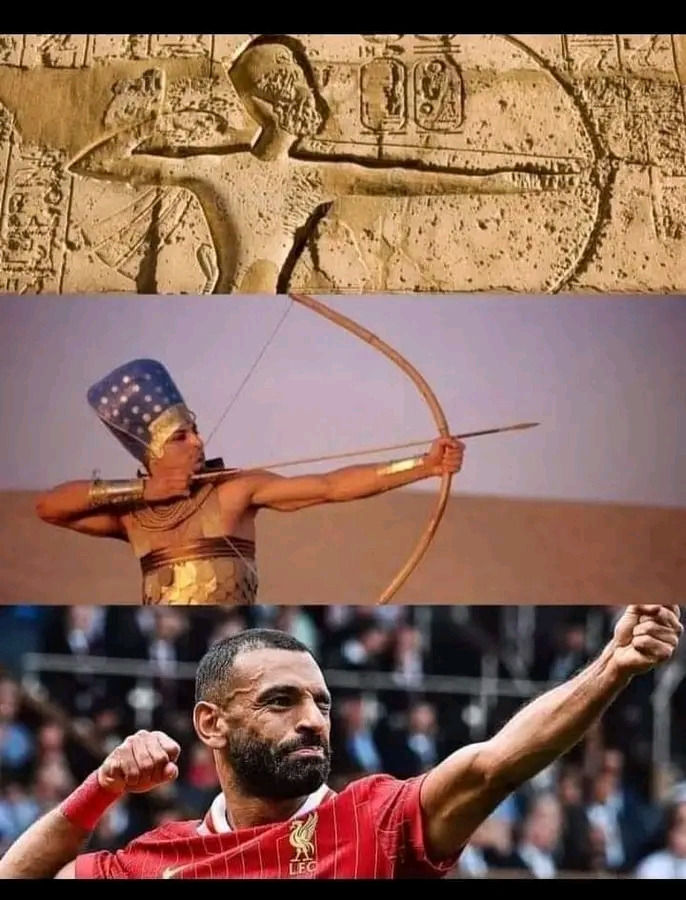Egyptian archers were vital components of the ancient Egyptian military, renowned for their skill and effectiveness on the battlefield. Utilizing the powerful composite bow, which combined various materials for enhanced strength and flexibility, these archers could shoot arrows capable of piercing armor.
This weapon was likely introduced during the Hyksos invasion and became standard by the New Kingdom, significantly improving the range and lethality of Egyptian forces in conflicts like the Battle of Kadesh against the Hittites.
Archers were typically organized in linear formations, allowing them to unleash devastating volleys against enemy troops. They often supported close-combat infantry known as Nakhtu-aa, or “the strong arm boys,” who would advance after the archers softened enemy lines with covering fire.
This tactical integration exemplified the Egyptians’ sophisticated military strategies, emphasizing the importance of ranged combat in their warfare.
The role of Nubian archers, known as Pitati, further distinguished Egyptian archery. These elite mercenaries from Nubia were frequently requested to bolster Egyptian forces in Canaan and played a crucial role in various military campaigns.
Their reputation for exceptional accuracy made them invaluable allies, often cited in ancient texts as key contributors to Egypt’s military successes.
Unique among their peers, Nubian archers utilized specialized techniques and equipment, including thumb rings to enhance their draw strength and accuracy. This method allowed them to shoot arrows with remarkable force, making them feared opponents.
Their legacy is preserved in art and literature, showcasing their integral role in both Nubian and Egyptian military history.
Egyptian archers exemplified a blend of skill, strategy, and adaptability that defined ancient warfare. Their innovations and collaborations with Nubian archers not only shaped military tactics but also left a lasting impact on the cultural heritage of Egypt and its neighbors.

